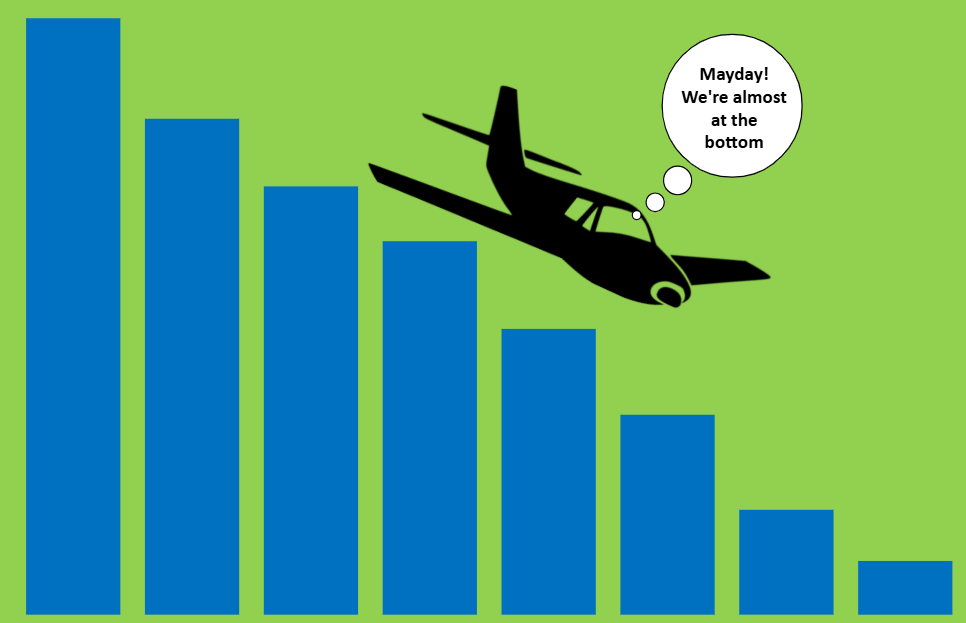What's Changed for Aerial Capture – Aircraft vs Satellite vs Drone
- jamesmckenzie654
- Apr 20, 2023
- 3 min read
Over the years there have been numerous articles comparing capture with Aircraft vs Satellites vs Drones. So what's changed in relation to this comparison? In practical terms not a lot but there are technology advancements which will likely come into play in the not too distant future. This blog isn't intended to promote one technology over another but rather state the facts.

Drones
Drones are still the best choice for areas where manned aircraft cannot fly safely, such as very close to buildings, narrow streets or under bridges. Whilst line of site, range and payload capacity are limiting factors, the technology is advancing quickly. Range is improving and sensors are getting smaller and more powerful. Cost of quality systems remains reasonably high. Technologies like drone in a box that allow drones to fly and charge themselves will expand their use capabilities. Regulations will need to evolve quickly to support these types of operation.
Facts:
Ideal for capturing small areas (up to 2 km2)
Resolution down to 2cm or better
Drones currently require visual line of site (VLOS) unless authorisation is given for beyond visual line of site (BVLOS) by the aviation authority
Drones currently not authorized to operate over urban areas due to privacy concerns, or in rural areas where fire maybe a concern
Battery life and in turn range limit the area that can be captured in a single flight
Limitations on payloads reduces the size of sensors that drones can carry, this combined with altitude limits reduces the efficiency of capture
Can fly below the clouds so possible to capture in wider range of weather conditions and can be time specific
Well supported now by processing software automating, much of the mapping work for the untrained operator
Cost of entry and operation is still significant for quality systems
Limited geographically
Aircraft
Aircraft are still the most cost and time efficient option for large capture areas. Efficiency/capability of sensors continues to advance with 3D cameras becoming more common. Automation and remote operation of sensor equipment will likely reduce the cost of operation further in coming years. As flight regulations evolve the possibility of pilotless flight operations will further change the way aircraft are used for capture.
Facts:
Ideal for capturing large areas (2 km2 up to regional capturer of thousands on Km2) at speed and providing hi resolution hi accuracy imagery
Resolution down to 3cm
No limitations on areas of flight
Range not a limiting factor
Can carry large mapping sensors which are more efficient for capture and deliver high quality data
Due to operating altitude weather can often affect the ability to capture
High cost of entry. Requires good infrastructure for aviation operations
Satellite
Satellite best use case is still change detection as the restrictions on resolution currently limit the use cases. This could however change as regulations change. Satellite technology is evolving rapidly with companies like planet continuously improving the quality of the sensor arrays on their satellites.
Facts:
Fast capture for very large areas
Currently limited to 30cm resolution (in the commercial market)
Hi frequency capture or multiple passes to obtain cloud free data
Good for frequent or large scale change detection monitoring such as deforestation
Lower resolution available than other methods of capture so not suitable for more detailed analysis purposes
Vertical objects have much greater lean especially in NZ due to the orbit paths in relation to NZ
Satellite tasking for specific capture times can be very expensive




Comments